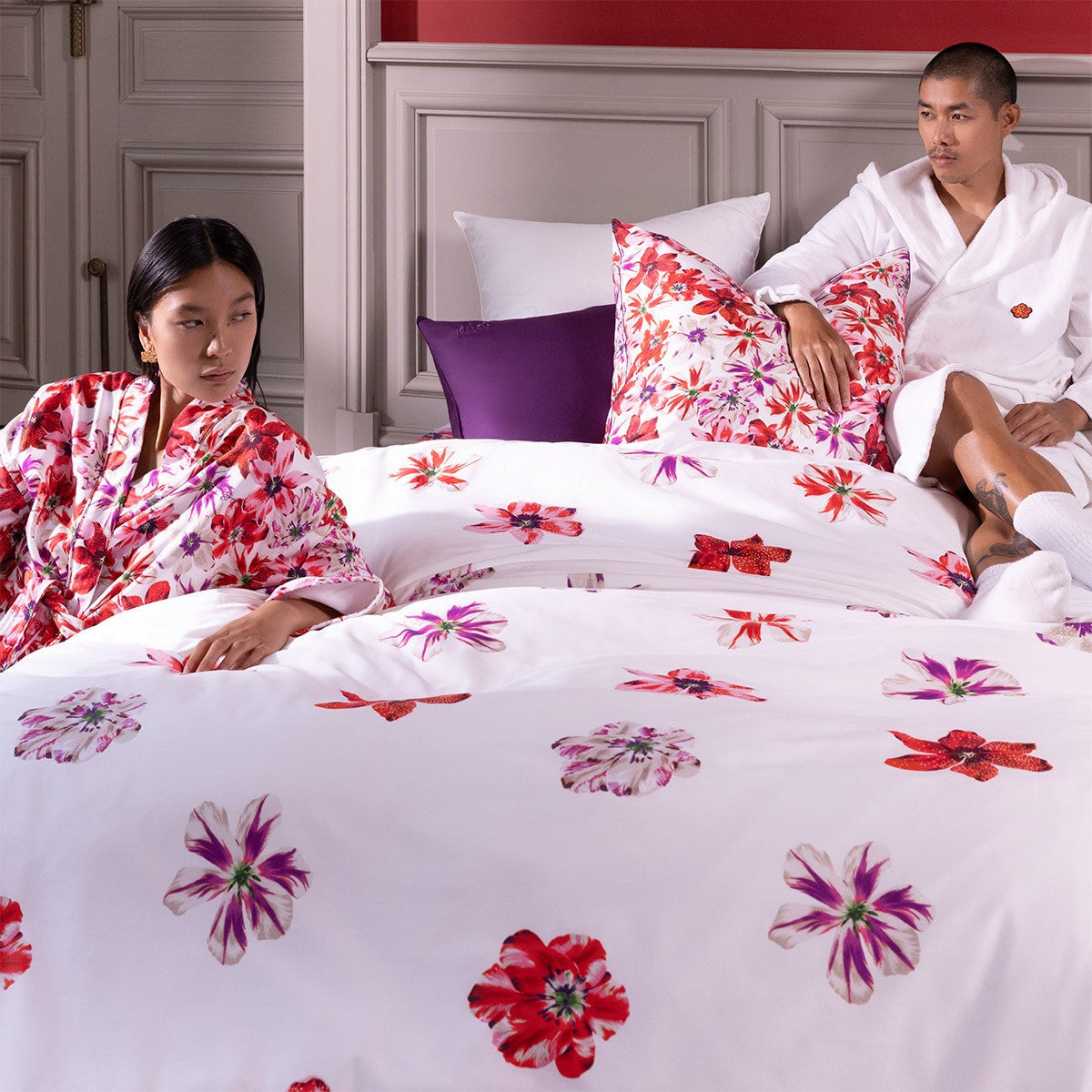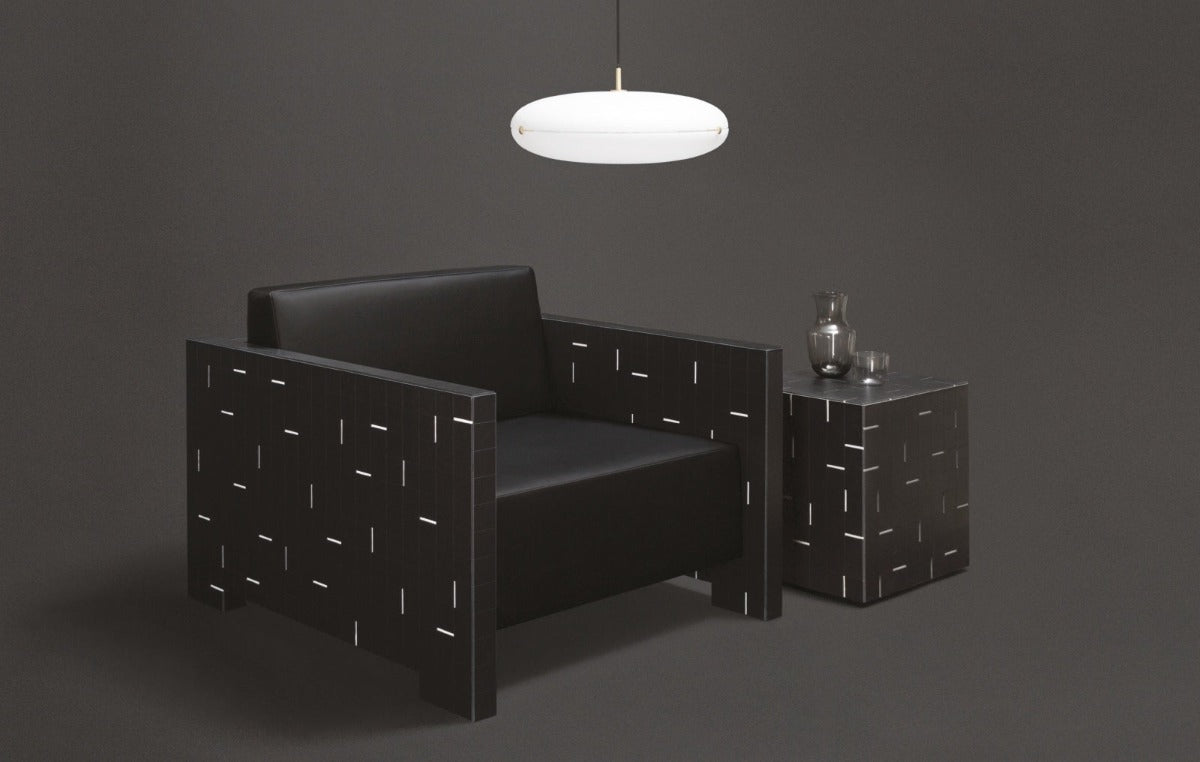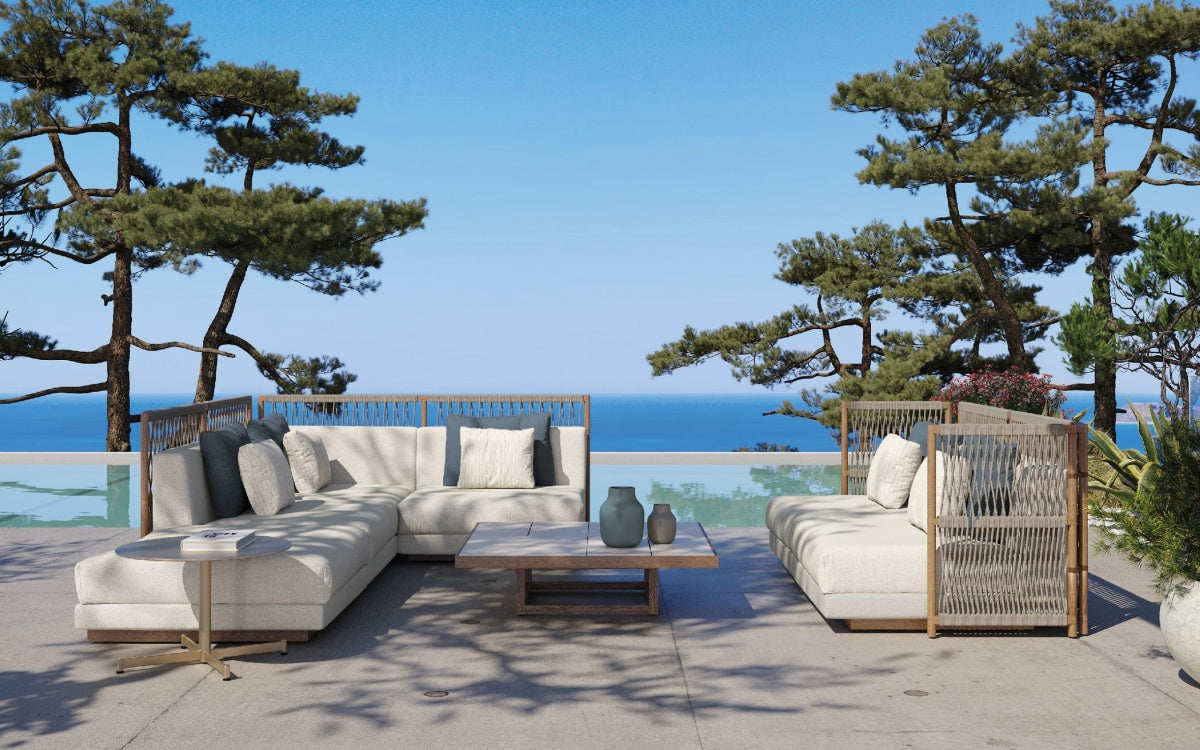
How to choose the right bedding
Treat yourself to a good night's sleep and relaxation after a hard day. Choose the right bedding and let yourself be pampered with a pleasant material. Don't forget to choose the right size of the sheet !
For those who are confused by the names, types of materials and fabric modifications, we have prepared a short overview.
MATERIAL
The material or fiber from which the bedding is made matters the most. These include cotton, bamboo, silk, linen, polyester, microfiber, lyocell, and others.

COTTON
Cotton is breathable, cotton fiber absorbs moisture well and dries very quickly. High-quality cotton does not pill. It can withstand high temperatures when ironing, also when washing, it can be boiled and steamed. It can withstand contact with alkalis, so it is not a problem to wash it with alkaline products or bleach it. And do you also know brushed cotton ?
The price of cotton is primarily related to the properties of the fibers. Quality is determined primarily by the length of the fiber, its uniformity and strength. The most important attribute is the length of the fiber, and in this context, cotton is divided into several categories.
Extra long fibers measure more than 3.5 cm. You are probably familiar with the luxurious long-staple Egyptian cotton, where the fiber length reaches 5 cm or more. Silk-cotton products are made from this luxurious cotton.
Long fiber - 2.8 - 3.5 cm. The most famous are “Sea Island” cotton and American “Pima”.
The medium fibers are 2.6 - 3 cm long. We call it “Upland” cotton. It most often comes from Mexico and the USA.
Short fibers are 2.1 - 2.5 cm long and are used to make cheaper and coarser fabrics. The fibers are mainly from the tree and herbaceous cotton plant, so-called Levantine cotton. It is grown mainly in India and Pakistan.
Extra short fibers are shorter than 2 cm and do not spin very well. They are used to make felts and wadding.
BAMBOO
Bamboo is an environmentally friendly material that grows quickly and is now used, among other things, to make bed sheets. The process of making bamboo leaves involves extracting bamboo cellulose and weaving the fibers into so-called bamboo silk. Bamboo is softer than polyester or linen, is wrinkle-resistant, very durable, hypoallergenic and breathable.

LEAF
This airy fabric will instantly lend your home a rustic feel. Linen is a naturally cool, hypoallergenic material. It is stiff at first, but softens over time and washing. A very exclusive and expensive material. What are the benefits of linen bedding ?
Lyocell
Lyocell is a wood pulp product found in some trees, especially fast-growing eucalyptus trees , but also in beech, oak, birch and spruce. This environmentally friendly material is wrinkle-resistant and is made using a process where all waste from the material’s production is recycled and reused. Soft, smooth and hypoallergenic, Tencel™ is a great choice for eco-conscious consumers.
SILK
Silk is a natural fiber produced by the silkworm . It requires very delicate care in the production process and is a very expensive material. Silk is naturally hypoallergenic and very pleasant to the touch. The disadvantage is that it is very laborious to maintain and is expensive.
MICROFIBER
Microfiber is made from polyester. The fabric is very densely knitted, which limits the presence of pollen and dust mites. High-quality microfiber is soft and surprisingly fine. Thanks to the very fine structure of the fibers, it retains heat and keeps you warm. It is softer than polyester, but less breathable than cotton.
THREAD COUNT (TC)
Another important attribute is thread count (TC), which is the number of threads (both horizontal and vertical) per square inch of material. Generally speaking, the higher the number, the smoother and more durable the fabric.
The thread count of standard cotton is around 150 TC, with 180 TC being considered good quality. Anything over 200 TC is high quality, but the count can reach 400, 800 and even 1,000 TC for the finest fibers. In our offer you will find mainly 300 TC bedding, which is considered high quality.
However, when choosing bedding and sheets based on TC, keep in mind that there are several materials that can have a lower thread count and still be very durable . For example, linen sheets generally have a low thread count, so a quality linen sheet might have a TC of 120, but a cotton sheet would need more than 500 to be of good quality.
VARIOUS WEAVING WEAVES
Materials play a big role when buying new bedding and sheets. But how the material is woven can change its strength, softness, or thickness. While you may pay close attention to thread count and material, you should also consider the weave type.

PERCAL
Percale bedding is made from cotton. The word percale refers to a specific type of weave used in the production of the fabric, and is not a material designation. This type of weave is densely woven, with a smooth surface finish. It is distinguished from other fabric weaves by a series of vertical and horizontal fibers that run one after the other. It is precisely because of this specific weaving of the fibers that percale products are slightly more expensive.
You've probably seen percale bedding in hotels, which are known for their durability under heavy use. The downside to this bedding is that it will require some ironing. But the results will be worth it. Expect percale bedding to shrink slightly after the first wash, about 2%. Percale bedding is not wrinkle-resistant, so it's best to remove it from the dryer immediately after the cycle is over.
Compared to cotton sateen, the bed linen does not have a silky sheen, the surface is matte. This type of weave is ideal for warmer nights. It will not stick to you and will leave you with a pleasant space to sleep. Percale is a luxury textile, it will be appreciated especially by more demanding customers .
SATEEN
Satin is a satin weave fabric with a high sheen on the face, where the warp threads predominate. The term satin refers to a special weaving process. Satin bedding can be made from various materials, such as synthetics, silk or viscose or cotton.

COTTON SATIN
Cotton sateen is a silky soft fabric with a subtle sheen. It is made from mercerized fibers of any cotton plant and is woven in a satin weave. So, throw away any notions of a slippery, shiny material that you might think of when you hear the word satin. Cotton sateen bedding is actually nothing like satin as we know it.
Combed cotton fabric has a very high quality finish and responds well to fiber dyeing. This version of the cotton finish is slightly softer than the percale finish and is also more resistant to wrinkling. Bed linen in the cotton sateen finish is therefore very easy to maintain , if you hang it up nicely to dry, there is no need to iron it. The bed linen is suitable for year-round use due to its properties.
MAKO SATIN
Mako satin is a cotton satin made exclusively from Egyptian Mako cotton. This cotton is produced in Upper Egypt. It is characterized by extra long fibers (33 mm and more), softness, silk shine and a durable and fine consistency. It is intended for fabrics of the highest quality.
The length of the fiber is the key to creating fine yarns and rare, long-lasting natural fabrics that are very soft to the touch. These fibers are relatively rare and represent only 2% of the world's cotton production. When caring for mako sateen bedding, it is important to choose a quality detergent with a balanced pH and use only half the amount. Avoid using fabric softener.
SMOOTH COTTON
Pure cotton bedding is the most common material used in the production of bedding. Cotton is pleasant and soft to the touch, can absorb a large amount of moisture, is strong and resists mechanical abrasion well. A possible disadvantage is that cotton fiber is wrinkled and bedding made of smooth cotton must be ironed. Smooth cotton can usually be washed at 60 °C. In our offer you will find bedding from the Sylvie Thiriez brand, which is a modified "Easy care" for easy maintenance and simplified or even unnecessary ironing and with excellent color fastness.








